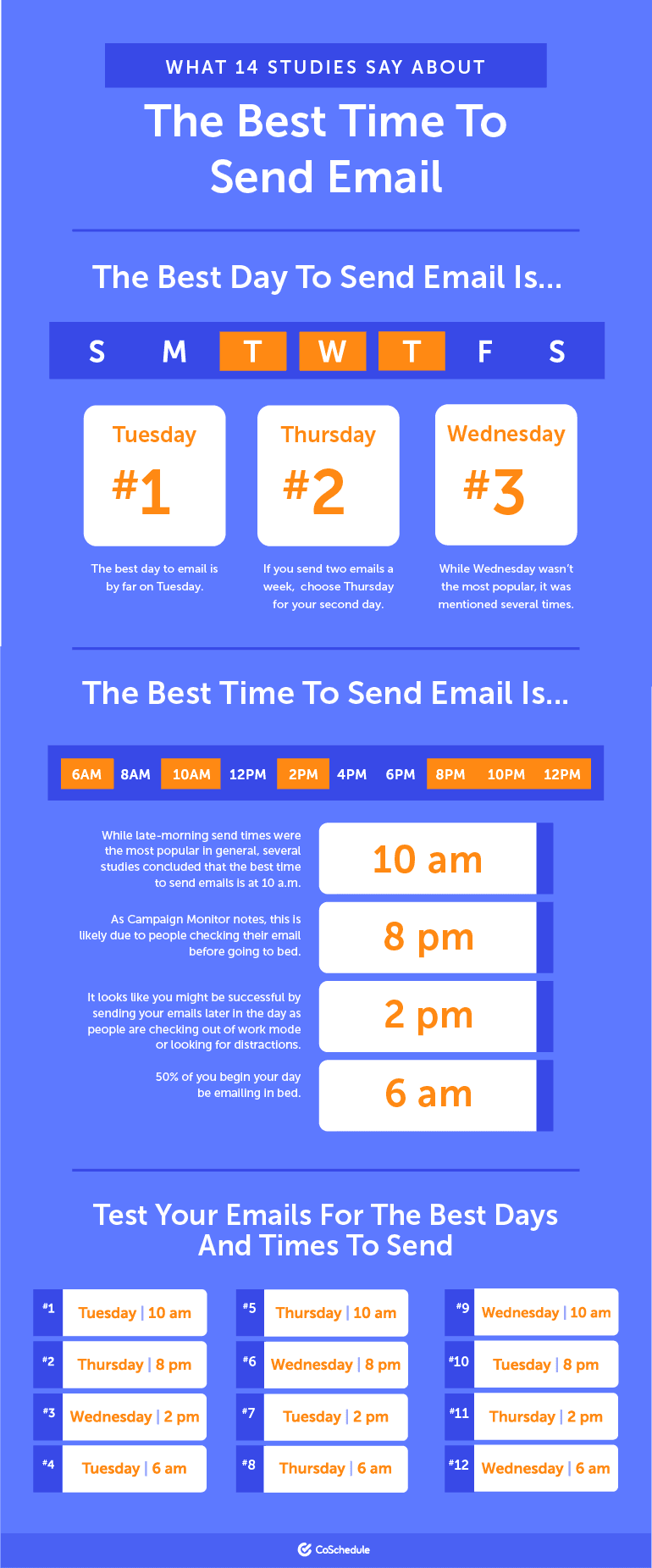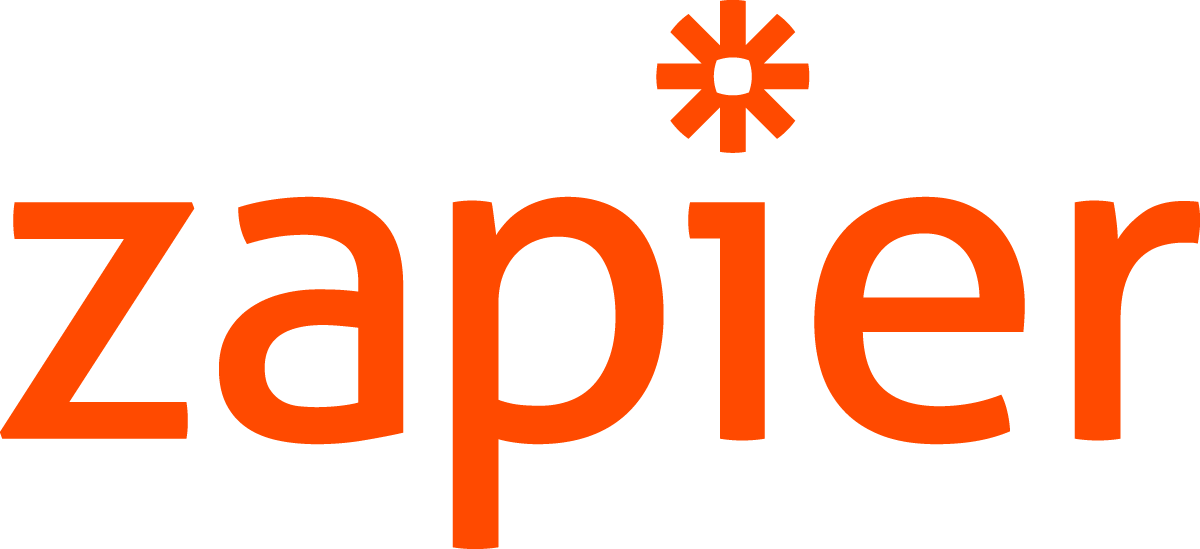Identifying the Best Times to Send your Survey to Maximise your Engagement
From your careful choice of survey to your detailed selection and crafting of questions; having taken the time to create a great survey, you will want to achieve the best possible responses to help maximise your survey’s success.
Your current time for sending your survey could be harming your engagement levels
If you distribute a survey that fails to get the attention you had hoped for, it’s a bit like cooking and bringing a delicious cake into work straight after lunch, no one is hungry enough to try it! Getting great survey responses is a bit like eating – it’s essential to catch people at the right time, to ensure they have the appetite for what you are offering.
It’s also crucial to reach your audience when they are at their most focused. Your intuition will tell you that this is less likely to be at the weekends, when most people are enjoying their leisure time. Consequently, you will probably conclude that their focus and response rates would be stronger during the week.
Which are the best times to send your survey to help maximise your response rates?
We’ve explored a wide range of research studies and survey findings to highlight days and times that have generated the greatest level of success. A good example is provided by research specialists CoSchedule. Having combined results from some of the best research studies, they have identified mid-week, Tuesday through to Thursdays, as the best distribution days when using an email as your distribution method of choice.
With regards to time of day, responses generally start picking up around 7am on weekdays and then continue to increase throughout the mornings until reaching a peak at 10 a.m. Responses drop off over the lunch hour period, briefly peaking again around 2 p.m, and then falling off again until the following morning. There is also a consensus that timewise, sending surveys earlier in the day is the best way to maximise your responses.

Infographic courtesy of: Coschedule
If email is your preferred platform for distributing your survey, you may want to take a look at the helpful masterclass we’ve put together, which can assist you with your set up. This masterclass also includes advice on how to set up reminders, which can help improve your survey engagement and the number of responses you get back.
Times when a more immediate survey response is needed
Considering the wide range of survey types in existence, there will be some notable exceptions when a more immediate survey distribution response is required. Examples can include collecting post-event feedback from conference attendees, or maybe as a result of a sudden relationship change, such as a customer changing their subscription with you.
In either of these scenarios, whether it’s getting attendee thoughts on your event, or the reasons behind your customer’s subscription behaviour change, it’s best to send them your survey as soon as possible, while everything is still fresh in their minds. This will help maximise the number of responses you get and the honesty of that feedback.
Using integration and automation to help you send surveys
Whether its immediately populating post survey responses to a specific “endpoint” whenever a respondent completes your survey, or automatically triggering a new survey at various touch points along your customer’s journey. There are a range of integration and automation processes you can implement that will help simplify and speed up your survey distribution and data collection.

If you have your own in-house IT team or access to developer resources much of this can be achieved through webhooks and APIs. Alternatively, if you don’t have access to these kinds of resources, then then Zapier is a great tool to look at. Zapier enables you to simply connect different software systems together, enabling you to automate a myriad of tasks in just a couple of clicks with no coding knowledge required . More information to help you about this topic can be found in another of our helpful masterclasses entitled ‘Integration and Automation‘.
Further factors that could affect the best time for sending your survey
There are some further points you need to consider, as these can also influence the times you choose to send your survey.
Your business and audience type: are you a B2B or a B2C business? This is important as you are more likely to get a better response for B2B surveys if you distribute it during the typical office working hours for businesses of between 9am 5pm, as opposed to trying to reach consumers, which would yield better results outside of these hours or during the lunchtime period. In addition, further demographic factors about your audience such as whether they are young or old, employed or a student could influence the best time to send your survey.
Different devices that are most likely to be used at certain times of the day: depending on your survey type, you need to consider what devices your recipients will be using when they receive your survey, as this can also affect the level and quality of response you get back. Typically, more recipients will be using a computer between 9am and 5pm, in contrast to outside of these hours where they are more likely to be using a mobile device. So, if you have constructed a more detailed survey containing open-ended questions, it may be best to send it when people are more likely to be sat near a computer rather then using their mobile device, which would be considerably harder for them to type in their responses.
The results you have achieved from previous email survey invitations: you can learn a lot from studying the results of any previous survey campaigns that you have run. Check the click, open and survey completion rates among your recipients to see if the overall volume was higher at certain times of the day.
While there are no golden rules over the exact time when you should send your survey invitation, due to the many factors we have discussed, testing it first can certainly help you to identify days and times when you can achieve better results.

For email survey invitations, try splitting your contact list into different groups. For example, try sending your survey to half of your group on a Tuesday and then the other half on a Thursday. And once you have tried this, you may want to run tests with groups at different times of the day. Repeat this a few times until you start to see patterns where you are achieving better results.
Identifying the best times to send your survey is certainly a challenge, but with a bit of effort, research and planning you will be in a much better position to improve your survey results going forward.


